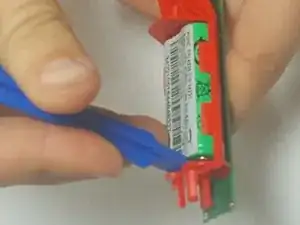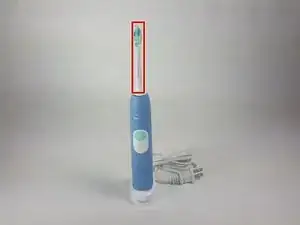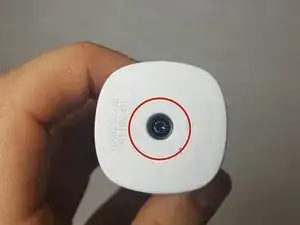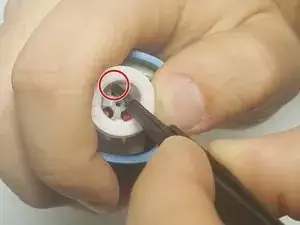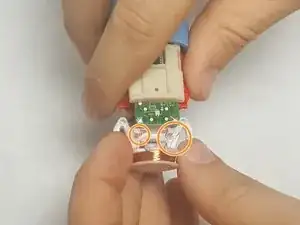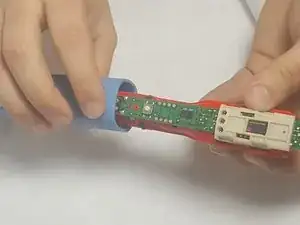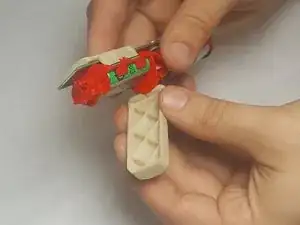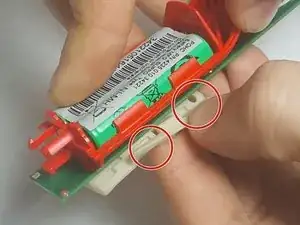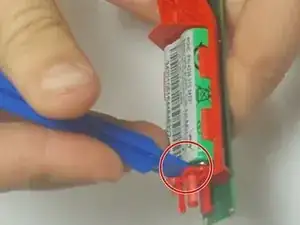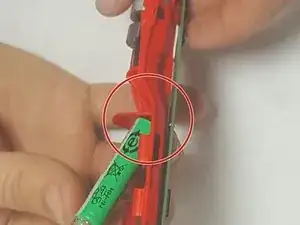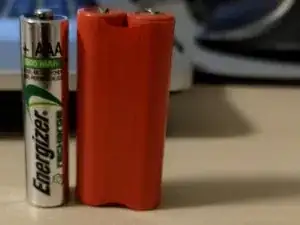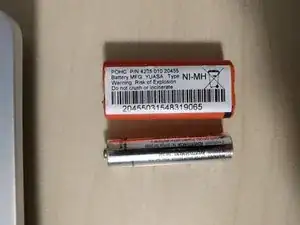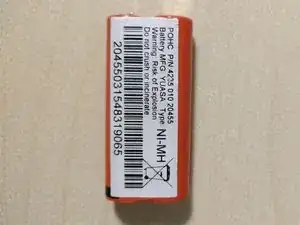Introduction
Use this guide to replace a worn-out battery on your Philips Sonicare 2 Series (Model HX62**-**) toothbrush. This procedure requires soldering. If you don’t know how to solder, use this guide.
Tools
Parts
-
-
Remove the 12 mm T8 Torx screw from the bottom of the toothbrush. After removing the screw, pry off the base with a plastic opening tool.
-
-
-
Remove the internal electronic mechanism from the housing by prying the red clips shown in the figure. This removes the charging port.
-
-
-
Remove the white circuit board cover as shown. This cover will require you to pry off the piece from the groves .
-
-
-
Use a plastic spudger to pry the battery up at an angle, partially removing it from the internal frame.
-
-
-
Well, the VOLTAGE of this battery is about 2.8 to 2.9 Volts. The size is same as that of TWO AAA Cells. Two AAA in series can easily replace the existing battery. Ni-Mh AAA cells of Energizer can do the job. Disconnect the existing battery but don’t remove the metallic connection to the circuit.
-
To reassemble your device, follow these instructions in reverse order.
7 comments
Step 3 is incorrect. The only things keeping the internals secured in the casing are the two ‘elbows’ clearly visible in Step 3 picture 2. Simply pry these away from the depressions in the casing and the works slide out, with a little push from the top stem. The method describing the 3 red clips does no good (besides being nearly impossible to accomplish) and presents a clear risk of breaking the hair-thin wires
The method described in Step 3 to remove the internals from the casing is incorrect. Rather than prying the 3 red clips (nearly impossible anyhow) all that is required is to pry the two ‘elbows’ visible in step 3, photo 2, away from the depressions in the casing. Voila.
The two comments are correct, the earlier teardown is from a much earlier Sonicare. All the current models just need a spatula to depress the white detents while applying pressure gently from the brush end. The assembly will then easily pop right out.
